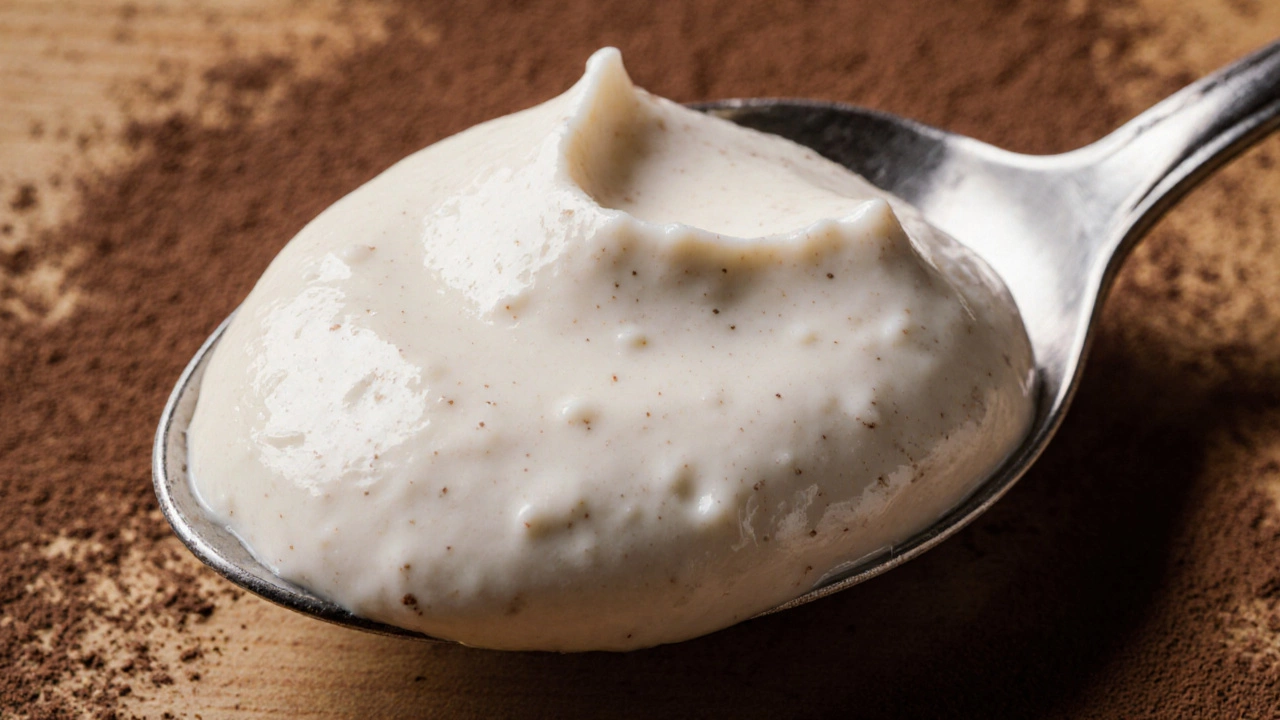
What Cheese Has Mold? The Truth About Tiramisu’s Secret Ingredient
Mascarpone is the creamy cheese in tiramisu - not moldy, not spoiled. Learn what makes it safe, how to spot real vs. fake, and why no mold is used in authentic tiramisu.
When people talk about tiramisu cheese, the soft, unaged Italian cheese used in the classic dessert tiramisu. Also known as mascarpone, it's not a cheese you eat on its own like cheddar—it's a thick, buttery base that holds together layers of coffee-soaked ladyfingers and cocoa in one of the world’s most loved desserts. You won’t find tiramisu cheese on a grocery shelf labeled that way. It’s just what people call mascarpone when they’re making tiramisu. And if you’ve ever tried to substitute cream cheese or ricotta and ended up with a grainy, sour mess, you know why getting this right matters.
The real star here is mascarpone, a rich, high-fat dairy product made from cream that’s been gently thickened with acid. It’s not fermented like yogurt or aged like Parmesan—it’s simply cream that’s been coagulated and strained until it’s velvety and spreadable. This texture is why it works so well in tiramisu: it blends smoothly with eggs and sugar, holds its shape when chilled, and doesn’t weep or separate. Compare it to cream cheese, a firmer, tangier cheese made from cultured milk. It’s tempting to swap them, but cream cheese will make your tiramisu taste sharp and dense instead of light and dreamy. Even ricotta, a grainy, slightly sweet cheese made from whey, won’t give you the same silkiness. That’s why professional bakers and home cooks who know what they’re doing always reach for real mascarpone.
Knowing this helps you avoid cheap imitations. Some brands sell "mascarpone-style" products with stabilizers or vegetable oils. They’re cheaper, but they won’t whip or blend right. Real mascarpone should be pale ivory, smooth as custard, and smell faintly sweet—not sour. If you’re making tiramisu, you’re not just baking—you’re building a dessert that needs structure, richness, and balance. The cheese is the foundation. Skip it, and you’re just layering coffee and sugar.
You’ll also find mascarpone popping up in other desserts—like no-bake cheesecakes, fruit tarts, or even stirred into whipped cream for a quick topping. It’s the secret behind the creamy filling in many Italian pastries. But in tiramisu, it’s non-negotiable. That’s why every post in this collection ties back to this one ingredient: whether it’s about freezing mascarpone, fixing a runny tiramisu, or finding the best store-bought version, they all come down to the same thing—getting the cheese right.
Below, you’ll find real answers from people who’ve made the same mistakes you might be making. Why did my tiramisu turn watery? Can I use mascarpone after the expiration date? Is there a vegan substitute that actually works? These aren’t theoretical questions—they’re the ones bakers ask over and over, and the posts here give you the straight facts without fluff.

Mascarpone is the creamy cheese in tiramisu - not moldy, not spoiled. Learn what makes it safe, how to spot real vs. fake, and why no mold is used in authentic tiramisu.